|
By Manuel Players: 1 Platforms: Nintendo Switch, Steam Retro Mystery Club Vol.1: The Ise-Shima Case (hereafter simply referred to as "Retro Mystery Club") is a murder mystery detective game in the style of a retro 8-bit adventure game. It's developed by Happymeal Inc. and Undercoders, and published by Shinyuden. It's the first in a trilogy of games that originally released on the Nintendo Switch in Japan starting back in 2019. An English-language version finally landed on Western shores this year for Steam and Switch, and we're here to take at a look at it and see if this is a case you're going to want to take on. Why waste any time talking? There's mysteries to solve! Retro Mystery Club puts you into the shoes of a nameless detective who is investigating the murder of an unknown man in Tokyo. Along with his partner Ken, you follow a trail of clues in the hopes of figuring out who the man is, and why someone would want him dead. Among his belongs you discover a very mysterious item: a black pearl that is known as the "Indigo Moon", as well as a bag that may allude to who produced it. This rabbit hole goes further still as the investigation takes you all the way to the countryside of Ise-Shima. It's here that all will be made clear, and you'll learn that there is far more at foot here than just one mysterious dead old man. The pearl is at the heart of all this, and you'll realize that it changes all who encounter it. Along the way you'll discover much about the pearl manufacturing companies in the region, and also the people who work there who just might be suspects themselves. Who will catch your eye though? Surely it isn't the lovely Tamami, daughter of Sakiko, owner of one of the pearl manufactures of the region. Nor could it be her friend Kana. Maybe you'll cast doubt on Kuroiwa and Tamura, the owner and board member respectively of rival pearl manufacturer Le Bijou. Maybe that crazy reporter Nishizawa has something to do with it... These mysteries run deep, and you'll discover that each and every person you meet in Ise-Shima has something to hide. What else will you find in their closets besides skeletons? What is the deal with the Indigo Moon? Just who is that mysterious dead man? Solving this case won't be easy, but the detective has Ken and you to help him! Before we talk about the gameplay and the rest, let's discuss this game’s genre a bit. It feels easy to see this game, or even hear that it features a detective solving a murder mystery, and assume that it's going to be similar to the Phoenix Wright series. While there is definitely are some shared elements there, Retro Mystery Club's roots run far further than that. This game is very much inspired by older PC/Famicom games like the Portopia Serial Murder Case, and most especially, the Famicom Detective Club games. Retro Mystery Club actually borrows heavily from the Famicom Detective Club series when it comes to its interface, and that isn't always a good thing. These games are classics of their time, but they can be rather hard to return to in modern times due to their obtuse and wonky gameplay elements. Get used to a lot of unused interaction options, puzzles that require you to find the single correct option among mostly useless ones in order to progress, or even getting locked out of certain optional sections if you choose the "correct" path a bit earlier than you intended to. I don't mention all this to imply that this game went the wrong route by emulating the games that directly inspired it, but to say that maybe the developers were a bit too faithful when it came to bringing a certain style of gameplay forward. The real question though is how it all works, and that's what we're going to look at next. For those who've never played the original Famicom Detective Club games (which I assume is most of you since they never officially released in the West in their original forms), gameplay comes in the form of an adventure game interface similar to the MacVenture series. You have the options to Change Location, Ask, Investigate, Show, Call Over, Use Smartphone, and Inventory. Most of these are self-explanatory, and some even open up further sub-menus of available options. Ask is your basic talk function, and you use it to speak to characters about specific topics. Show is where you show said characters specific inventory items, and these actions usually open up new topics to Ask about. Call Over is used when there may be more than one person about, or if you're trying to get the attention of a passer-by. Use Smartphone is where you look up directions, save your game, or even call other people with whom you've exchanged numbers with. Investigate is where you look more closely at the area you're currently in, and Change Location is exactly what it sounds like. It may sound like you have a lot of options always at your disposal, and at some points of the game you indeed do, but you'll find out that very few actions are useable at any one time. There are only so many inventory items, people to interact with, and places to visit, that it's often not too difficult to figure out what needs to be done. It's a rather simple game, but it is bogged down by many options that seem to exist solely because they were in that aforementioned classic series of games. There are some more annoying quirks to the gameplay that we'll discuss in a bit though. Most of the game will see you drop into a new area, search it for notable people or clues, and then ask plot-relevant characters about key points of interest. Not everyone will want to talk to you though, so be sure to flash your badge from time to time (ACAB by the way), and don't be afraid to ask people about the same things multiple times to make sure that you've gotten all relevant information out of them. You'll often here an audible trigger when new information becomes available, so you'll want to be aware of any new Ask or Show options. There are a lot of side plots that add flavor, investigative leads that come to dead ends, evidence that turns out to just be junk, and plenty of characters that do their best to lead you the wrong way, but that's all part of the charm of a game like this. You'll probably want to take some notes on your own though, as the game does not feature any sort of log of what you've learned so far. Since you spend much of your time with Ken, I longed for a Phoenix Wright-style dialogue option where you could discuss the case with him so you could get hints as to where to go next, or simply to go over what you've learned so far. I guess that's just not the style this game is going for. Nothing is ever too hard though, and the most you'll have to do is go back and forth between locations and characters and trying every single option until you hit upon the right one. Oh, and not all the game is played out in the investigation style either. Even though I'm not exactly a fan of these sections, there is one action scene at the end, and two maze-like chase sections throughout. These are extremely clunky, and definitely come out of left field, but are a welcome change of pace if you're tired of the same old adventure game/visual novel-type gameplay. All this talk about gameplay isn't all that important in my opinion though. Where Retro Mystery Club shines is in its characters and story. This is not a very large game, its world is small, its characters are few, and its story is rather concise and to the point. There is very little fluff or padding to anything, but somehow it still comes off as a very deep experience. A simple murder mystery leads to further tragedies, and the biggest of these turns out to run back decades. You'll learn about the lives of even the smallest character, and there are some you'll definitely want to learn more about by the time the game is done. It's a deep, dark tale that manages to introduce many red herrings, and several side plots that all wrap up by the end of the game. The interface is wonky, the gameplay can be a bit frustrating, but that story and those characters will get you through all of that. I originally was going to discuss some of the plot points that just floored me, and kept me playing the game in mostly one sitting, but I really don't want to spoil anything for first time players. They say you can only watch a movie for the first time once, and even though this is a video game. Rest assured that if you're looking for a good mystery, especially one that is set in what seems to be a Japan set in the 1980s, then you need look no further than here to scratch that itch. Actually, speaking of Japan in the 1980s, I want to talk a bit about the game's setting since it's one of the strangest things about Retro Mystery Club. Looking at the game you'd think that it takes place in the 1980s, hence why I just said so. Just by way of the graphics and interface alone it'd be fair to say so. It not only resembles a long-lost game of the 8-bit generation, but its world looks like it stepped from the same forgotten time capsule. Is it the 80s though? Well, I don't think so. Actually, I'm not really sure when the game takes place, but the fact that you have a smartphone that can play games and search the internet implies that this is far closer to modern times that it looks. At the same time everyone is sporting fashion, and driving cars, that feel of the 80s. I don't know enough about the history of the region the game takes place in, but it too feels like it belongs to days long gone. There's even some dialogue bits here and there that imply an 80s setting. You'd almost think that the smartphone thing is just a random anomaly, then there'll be things like key-less coin lockers that get me wondering all over again. It's almost as if the developers weren't sure what time period they wanted to set the game in so they just made it an alternate 1980s that happens to have some tech from the future already in place. This is all neither here nor there, but it's something that really stuck out to me the entire time I played the game, and I wanted to mention it. So, let's talk about a few things that don't work here. First off is my biggest issue with the game: Finding the "right" choice to move the gameplay along. Now I have two problems with this, first off is the fact that sometimes it can be confusing as to what you have to do to trigger the next part of the story to occur. This is made all the more... shall we say "interesting" when I found out that there were some bugs associated with gameplay triggers. I'm pretty sure I encountered one saving my game at a time when I apparently wasn't supposed to, which makes me wonder why the game allows for saving anywhere in the first place. Basically, I was moved straight into a next section of the game when I loaded my game. It took me a while to figure out this was happening, and I only ever figured it out because I was so weirded out that I replayed the game entirely and noticed the section the errant game save had caused me to skip. Even finding the correct dialogue or investigation choice might be a bad thing though, as there were several times when I would skip entire sections of the game when I did so. I actually never met most of the main characters when I was supposed to on my first playthrough because I accidentally sequence broke the game by finding the right clues the first time around by sheer luck. This wouldn't be too big an issue if I stumbled on a secret second gameplay path or something, but the game acted like I had met the characters in the scenes I had skipped even though I never had. This happened in two big sections during my playthrough, and it took me looking up a full play of the game to realize what had happened. I restarted the game after the second time, and I guess you could avoid it by simply trying to go mostly in order, top to bottom, to make sure you see everything, but skipping over plot important scenes because you correctly jumped to the correct choice (In a detective game no less!) just feels like the game is needlessly punishing the player for thinking ahead. Enough of that though, it's time to talk graphics. Can anyone look at this game and not just fall in love with it? I mean I'm sure they can, but those kind of people aren't the ones I want in my life. Now I'm just kidding of course, but the visual style of Retro Mystery Club is impeccable. Countless games try to emulate an 8-bit art style and then get carried away with flashy animations, overly detailed environments, and so on. That's not the case here though. I bet that there is a way this could be made to run on relevant hardware since it looks perfectly of the time, almost to a fault. Illustrations are done by one Kiyokazu Arai, who apparently is a famous artist known for his work on Famitsu (a line of magazines in japan), and while I'm not too familiar with his past credits, I can say he did an amazing job here. Everything looks simple yet detailed, and all the characters are unique even given their limited scope. There's even jokes here and there about palette swaps, and reusing character sprites, when those things occasionally pop up. I'll admit that it may be something of an acquired taste to look at a game like this and consider it to be absolute perfection, but it's more about setting a goal and completely smashing it, as opposed to trying to be the most visually impressive game on the market. I'm not exaggerating when I say that I actually thought that this was an old-school re-release for modern consoles (with absolutely no updates of course) when I first saw it, and I mean that in the best way possible. Even the art found in the in-game manual is perfect. I literally have nothing bad to say about the visuals, so I'll just move on so I don't keep repeating how much I love them. Music is the other area where the game really shines, probably even more than the graphics. That may sound like a tall order considering how I just raved about the visuals, but the soundtrack is just as perfect, and I can't stress that enough. There are some tracks that stick out in my mind even now as I write this, and I wouldn't have it any other way. There was a really cool melody I heard when the game began, and I was impressed by how rich and melancholic it sounded. I actually let it play out a couple times because I just found it so enchanting. It's no easy feat to draw emotion using 8-bit sound technology, but this game was doing exactly that in that moment. Later on I went into the in-game manual to look up some character bios for the purposes of this review and heard that song playing again, but this time it was accompanied by a full backing track that included vocals. I was blown away. (HERE is that song by the way.) There are actually two vocal theme songs here, and they are not only amazing songs in their own right, but also have that odd nostalgic tinge to them that fits in perfectly with all the themes present in this game. It's not just those though, all the music here is to that level, even if they don't also have accompanying fuller versions to them. The sheer scope of the music made me want to look up a soundtrack in vain, but I knew it wouldn't be something I'd find readily available. Sound effects, what they are at least, are all well-done too. There's even individual typing sounds for each of the characters to act as their "voices". Some of these aren't exactly the most pleasant to hear, but then again the characters they belong to often aren't either. I could go on like this, but the point I'm trying to make is that the sound design is flawless. Retro Mystery Club has a relatively short shelf-life. You don't have a lot of incentive to play it again once you've completed it. Of course you could simply want to experience the story a second time, or you could be like me and wonder if there were any other options you may have somehow missed by picking the "wrong" correct dialogue and investigation options. Either way, you're looking at about a 3-5 hour game, with some give or take depending on if you get stuck or have faster or slower reading speeds. This isn't exactly a knock to the game in my opinion. What you have here is a truly great story that feels more akin to watching a really good movie, or even a few episodes of a TV show, as opposed to a game you're meant to come back to over and over again. When you approach it with that kind of mindset, its relatively short length becomes far more palatable. Also, the game only costs about ten dollars, and that's more than the right price point for this game. Despite what I had to say about the length of the game, I was surprised by how inexpensive it was too. There's just so much love and attention to detail here that I assumed it would be priced at a higher premium. I guess one can't really complain about a game being too affordable though. I'll just come out and say it: I absolutely adore Retro Mystery Club. I went through most of the game in one sitting, and though it was somewhat frustrating skipping sections on accident, or trying to decipher what the game was trying to get me to do next, it's one of the best games I've played in a long while, definitely one of the best of 2023. A lot of games try for a retro look or feel, but this one gets it spot on 100%, even down to things that have aged somewhat poorly. I hope that this game takes off, and we can get the sequels released in the West someday as well. I would love to see more games in this style too, so maybe I'll look more into those Famicom Detective Club remakes... That's for another day though. For now, pick up this game, and maybe thank me later. You won't regret it. Check Out Retro Mystery Club Vol.1: The Ise-Shima Case on The Nintendo Switch: https://www.nintendo.com/us/store/products/retro-mystery-club-vol-1-the-ise-shima-case-switch/ Story: A Gameplay: B- Graphics: A+ Music/Sound: A+ Value: A+ Overall: A Pros: + A truly nostalgic gameplay experience that is the closest US players will ever get to the original Famicom Detective Club series. + Great characters, storytelling, and world-building make this a story you're likely to become very engrossed in. + An amazing soundtrack, complete with two excellent vocal tracks, add to the melancholic atmosphere of the game. + Amazing art, charm, and pixel graphics make this a retro-inspired classic that gets the formula right. + Lots of references, and a neat self-referential in-game manual, make this a very humorous game too. +/- For reasons I can't fathom, the game is titled "Retro Mistery Club" within the Nintendo Switch's menu. Literally the only time I've ever seen a typo like this survive several game updates. +/- There are two other games in the series that I hope get an English-language release soon. Cons: - The gameplay interface is extremely clunky at times, and it's a far cry from more modern takes on the genre. - It's very easy to sequence break, or skip entire sections of story and dialogue if you don't make the "correct" in-game choices. - Some gameplay elements, like the two maze sections, don't really work and slightly bring down the game's overall quality. - The save system doesn't seem to save your exact spot in the game, and is just generally buggy. A copy of this game was provided to us free-of-charge by the publisher for the purpose of this review. This did not affect our review in any way. #RetroMysteryClub
0 Comments
Leave a Reply. |
Search
Contributors◆ Angie
◆ Emily ◆ J.D. ◆ Janette ◆ JT ◆ Manuel ◆ Nestor ◆ Rose ◆ Sylvia ◆ Teepu ◆ Tiffany ◆ Winfield Archives
June 2025
|
© 2014-2025 A-to-J Connections. All Rights Reserved.

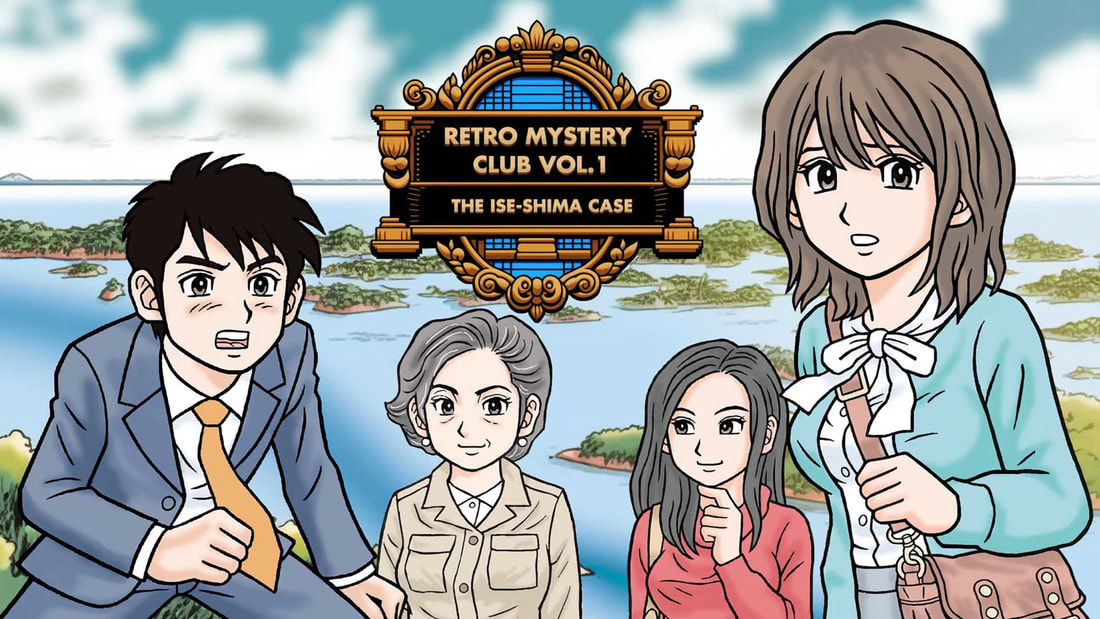
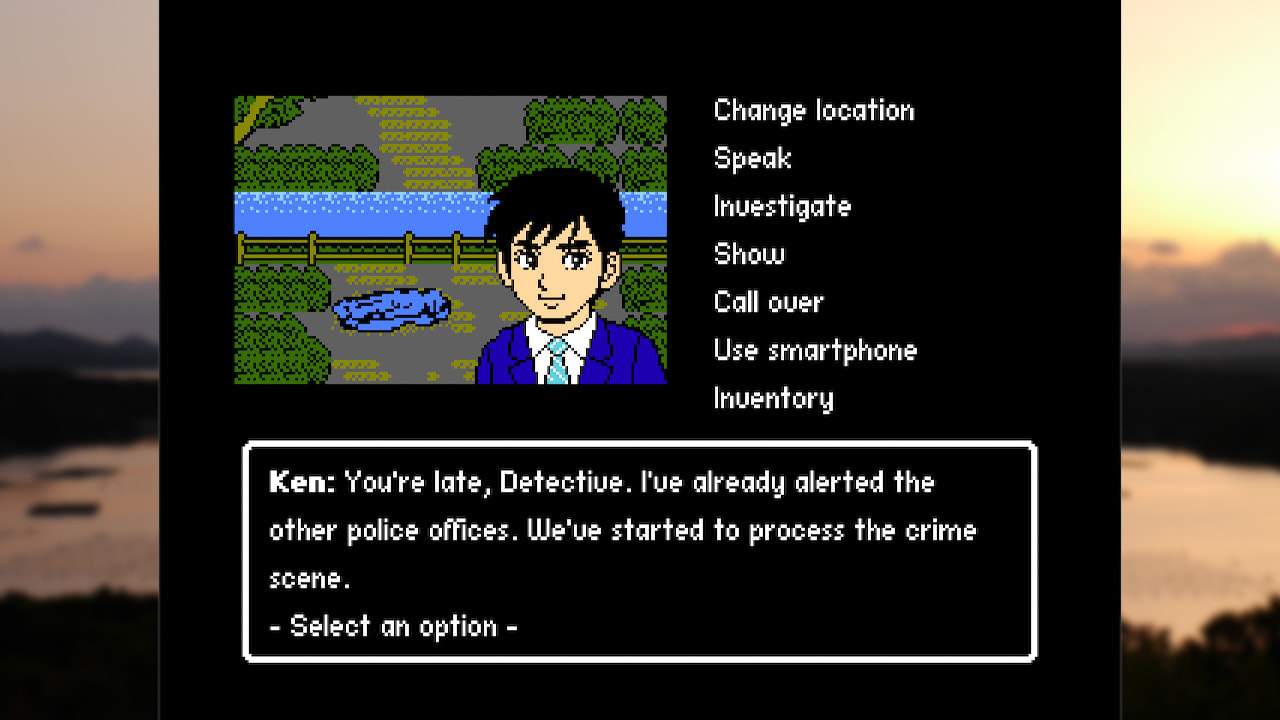
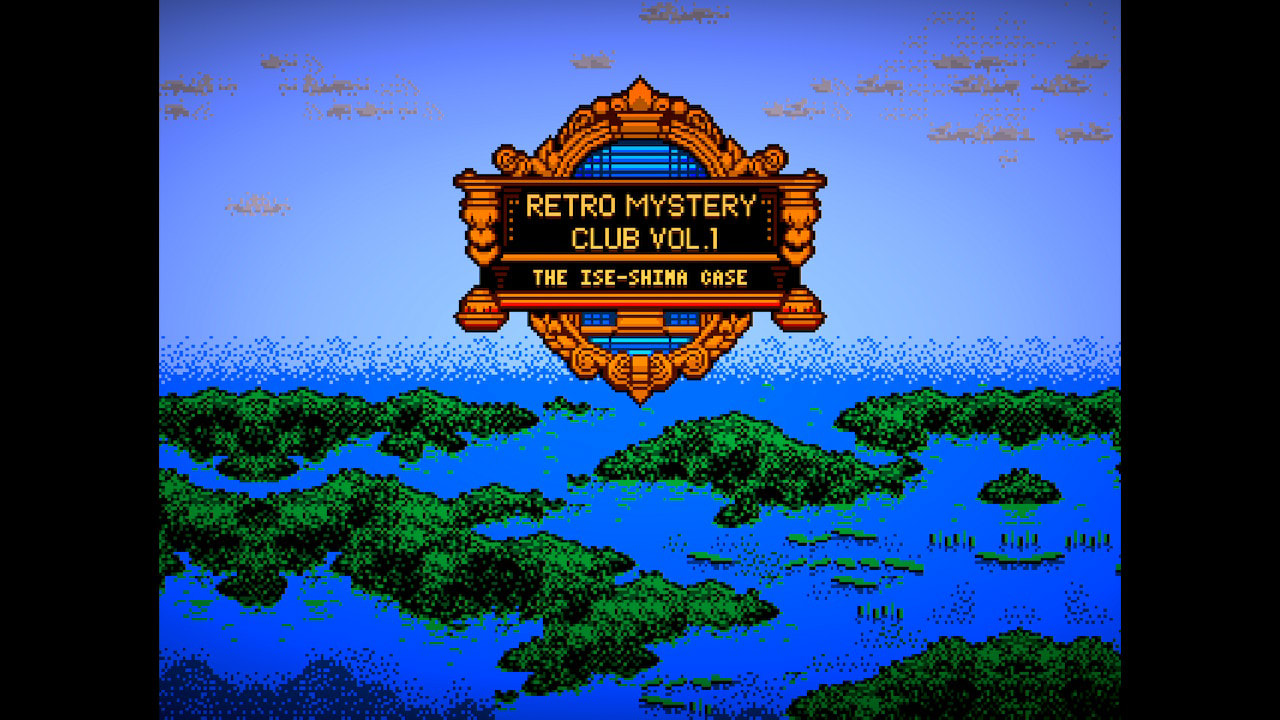
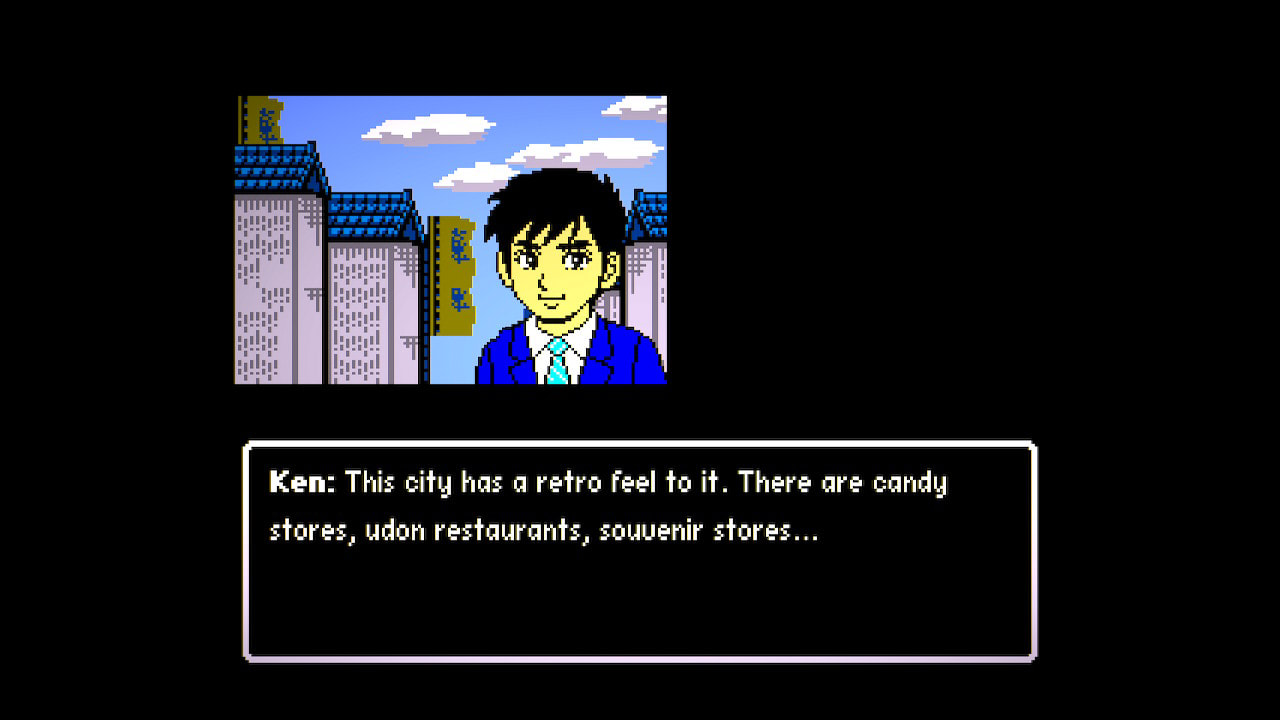
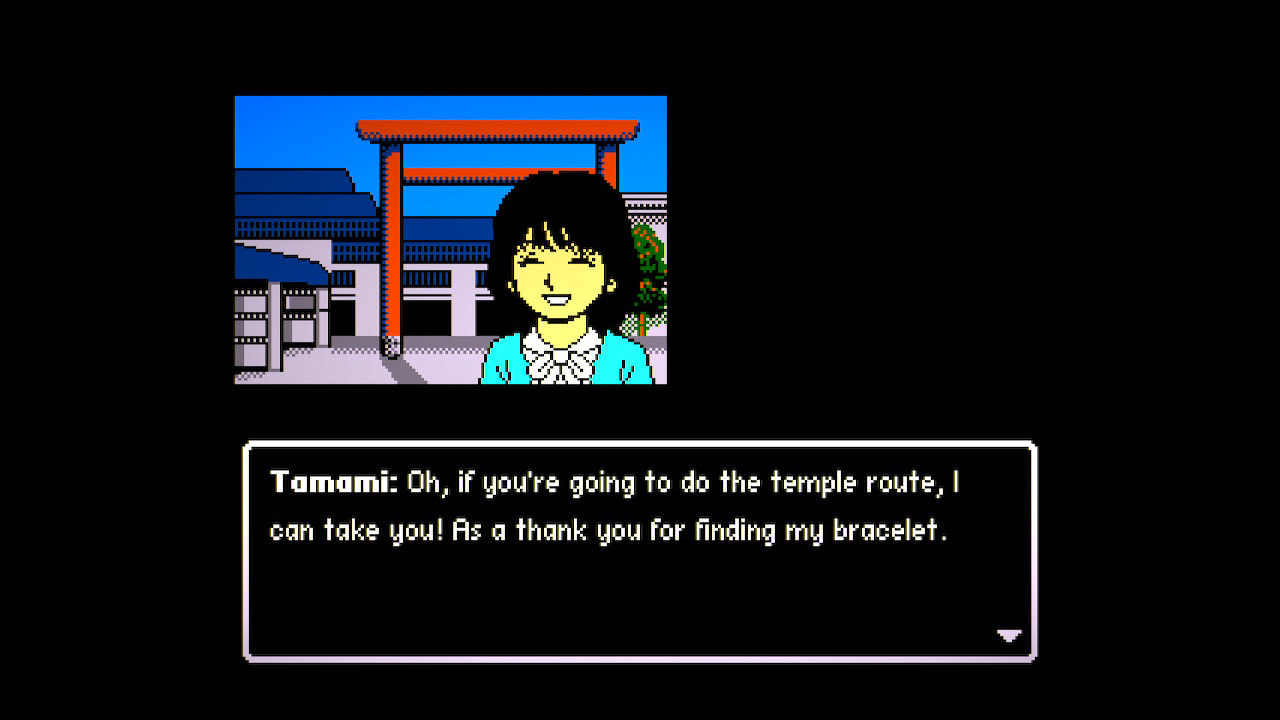
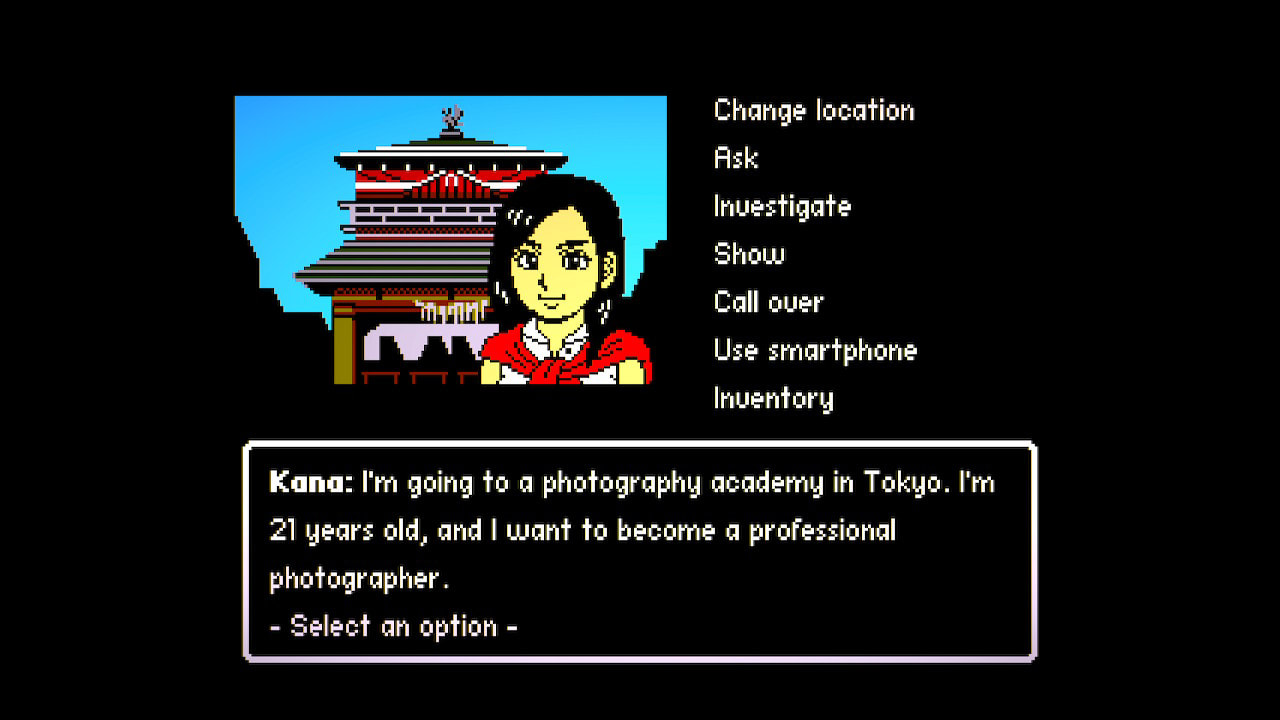
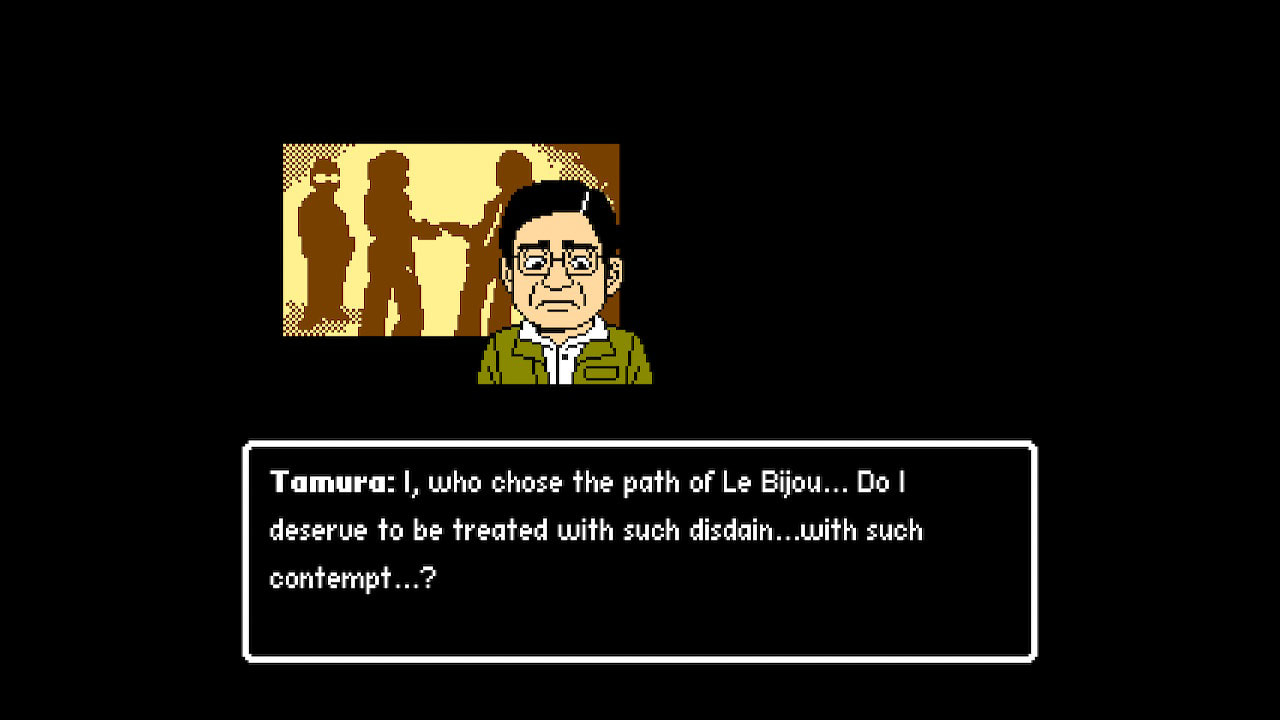
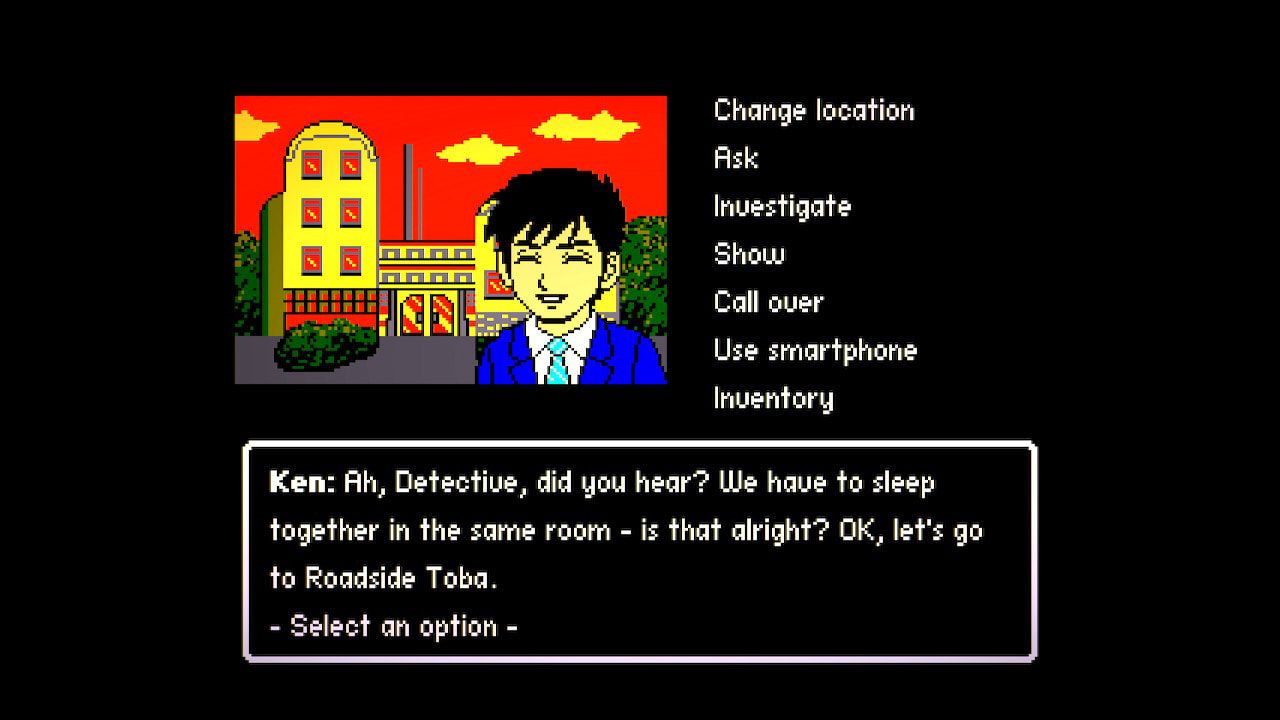
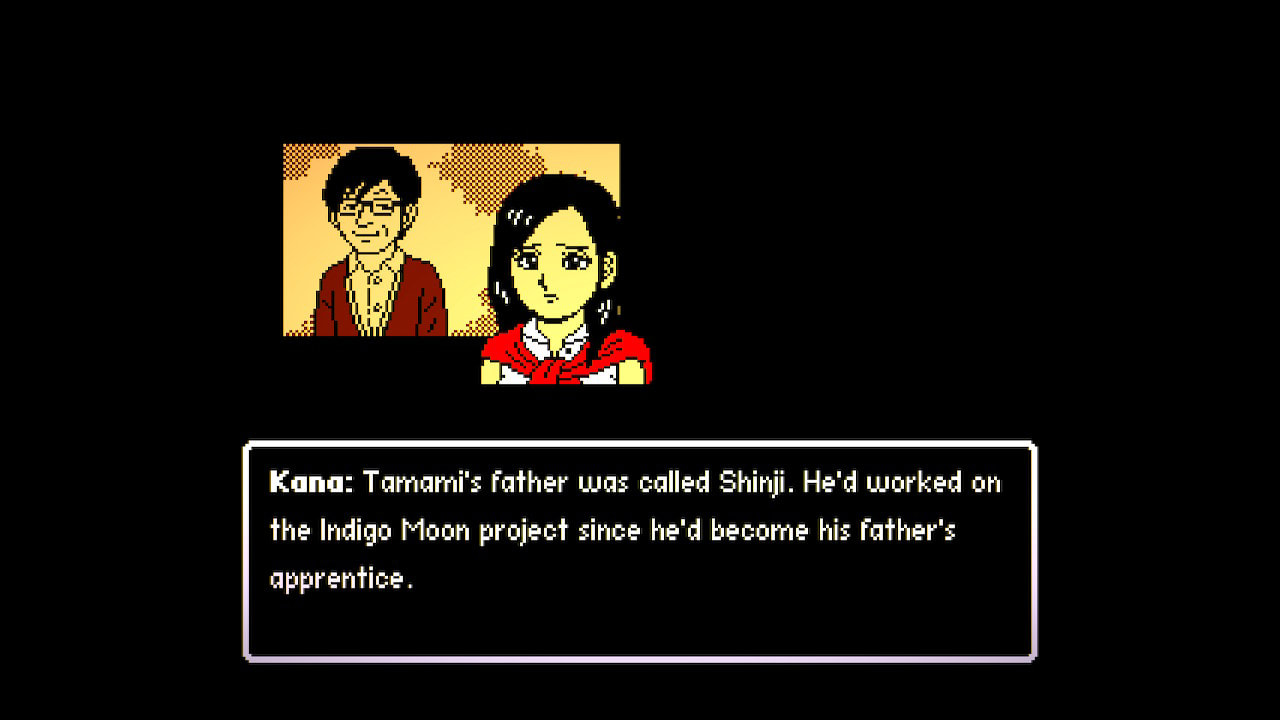
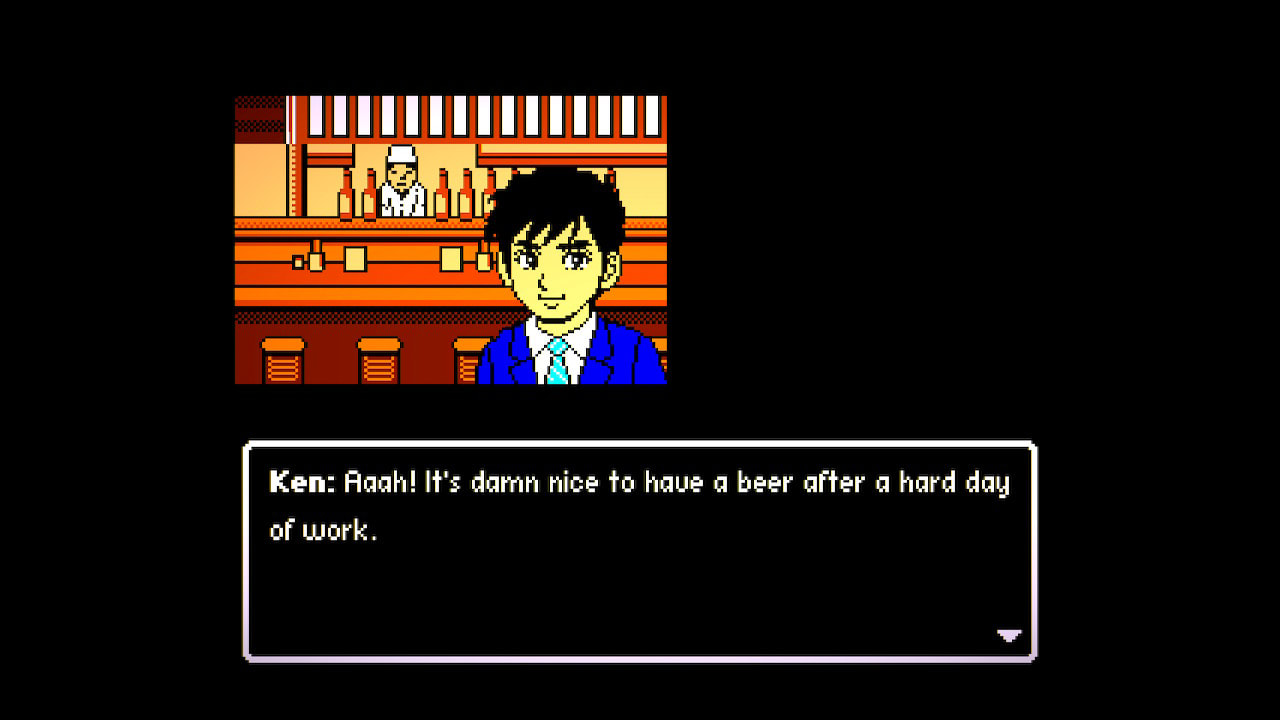
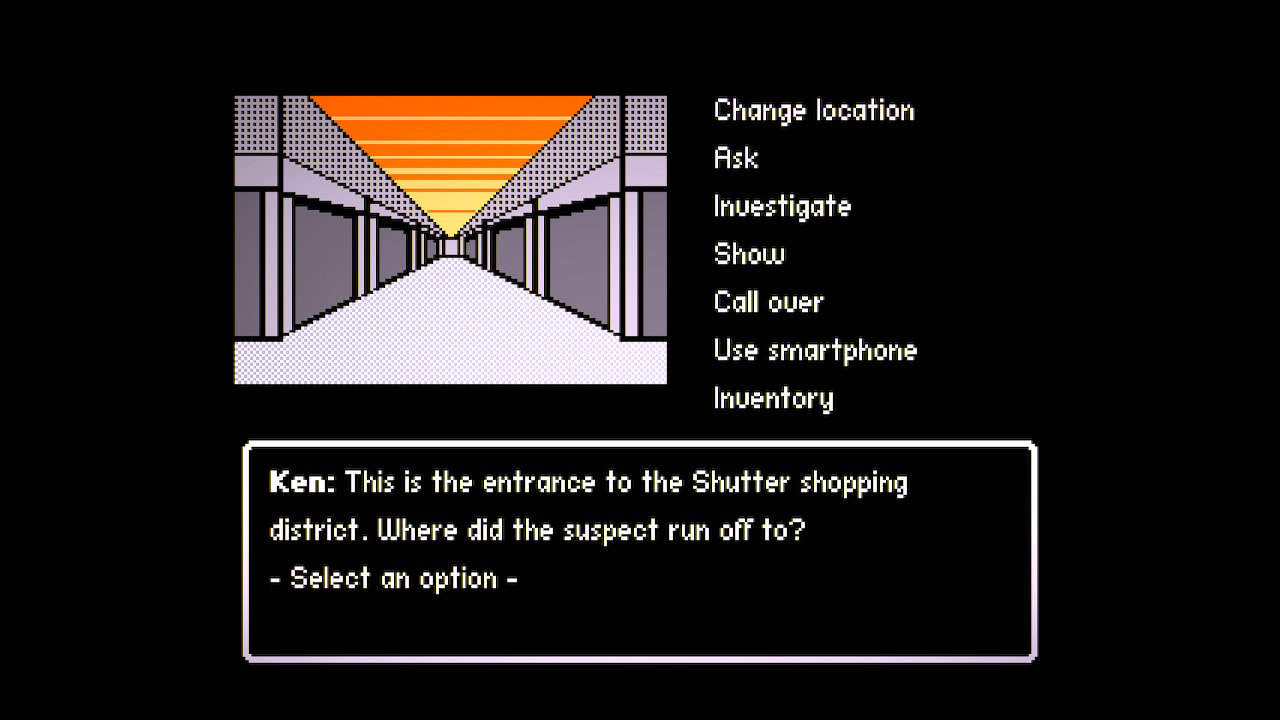
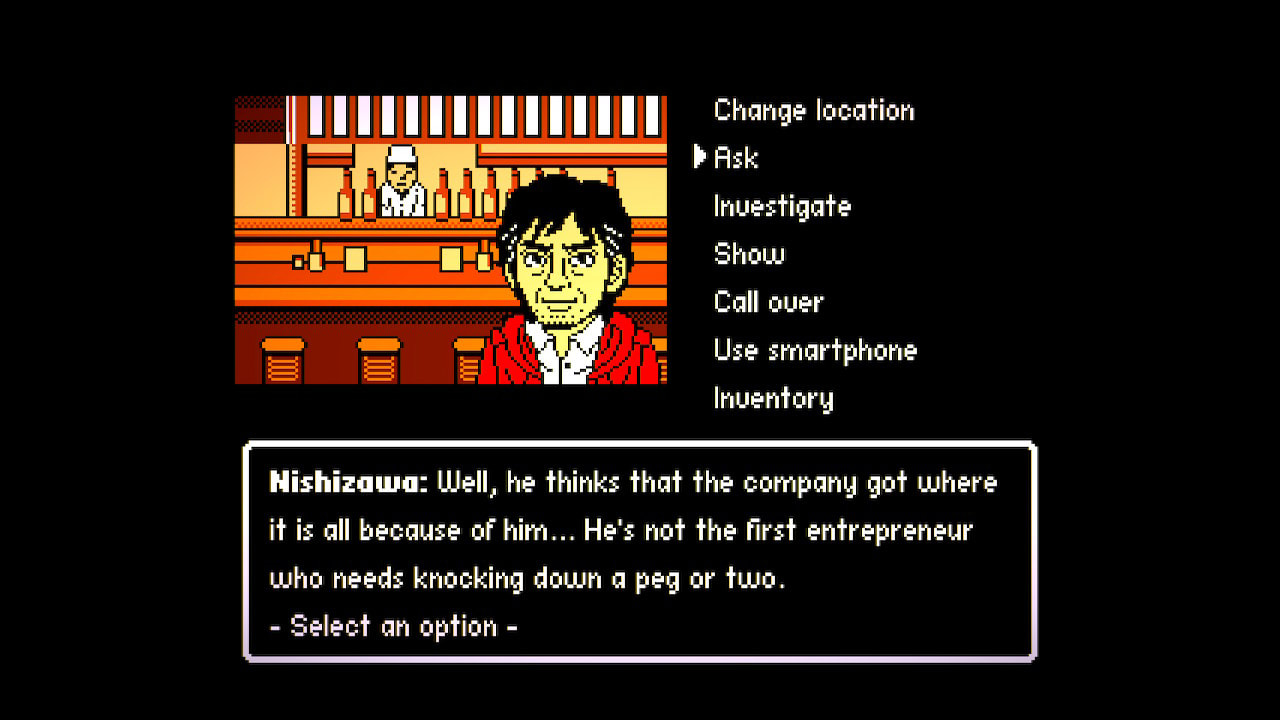
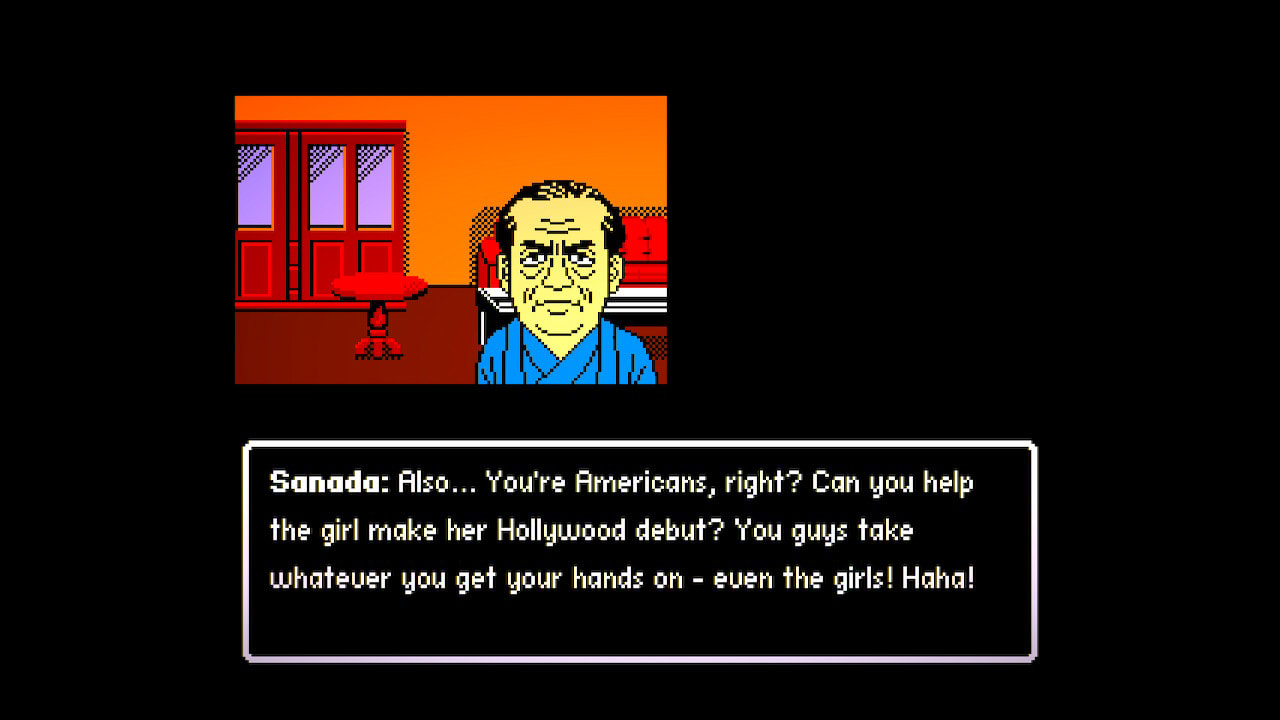
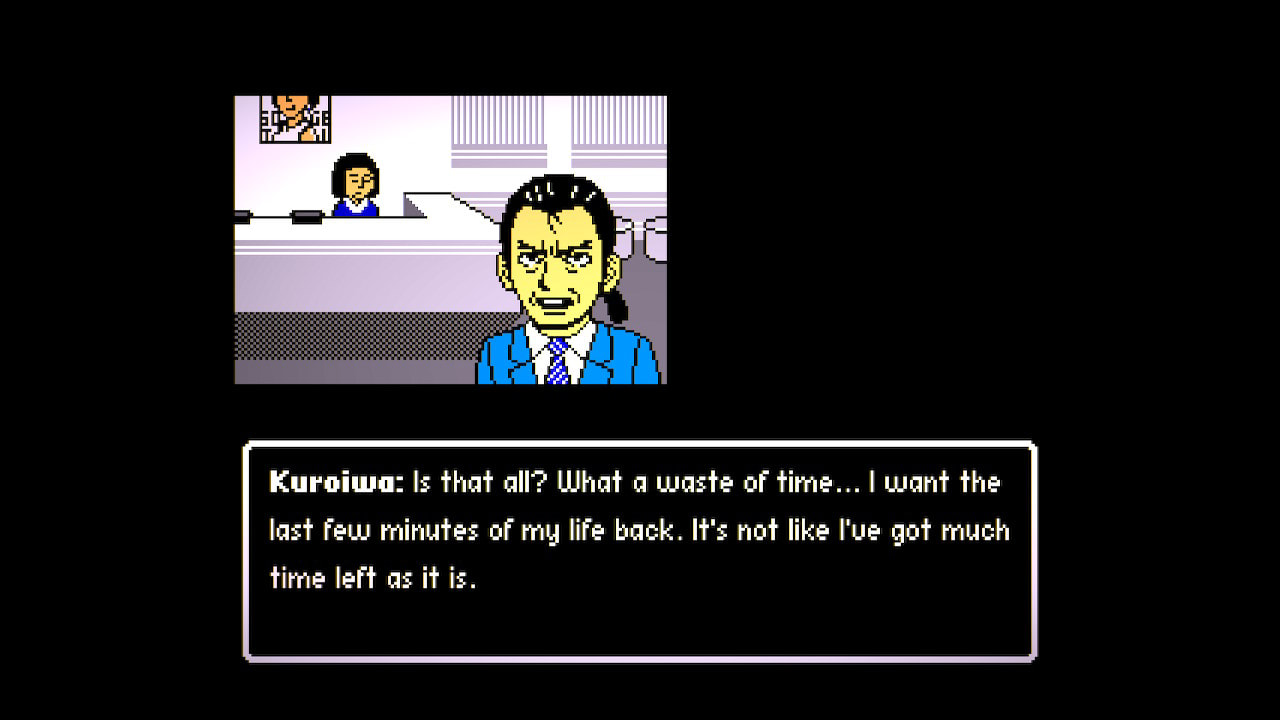
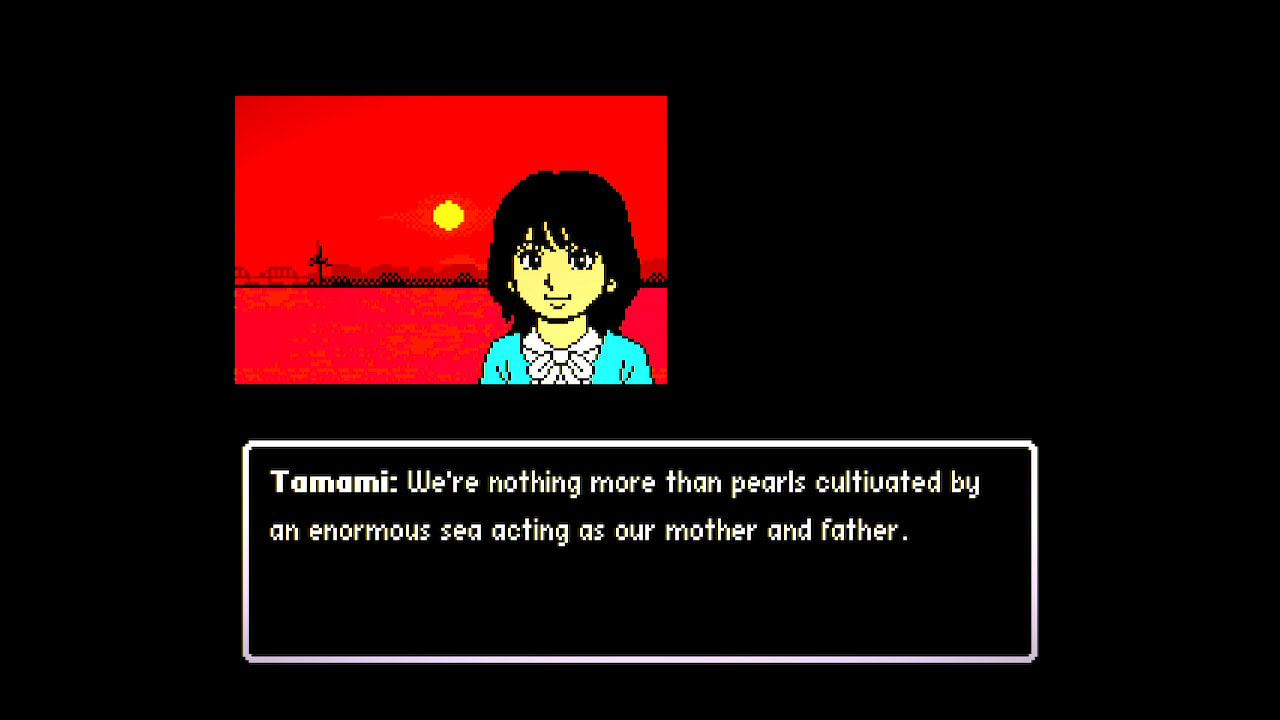
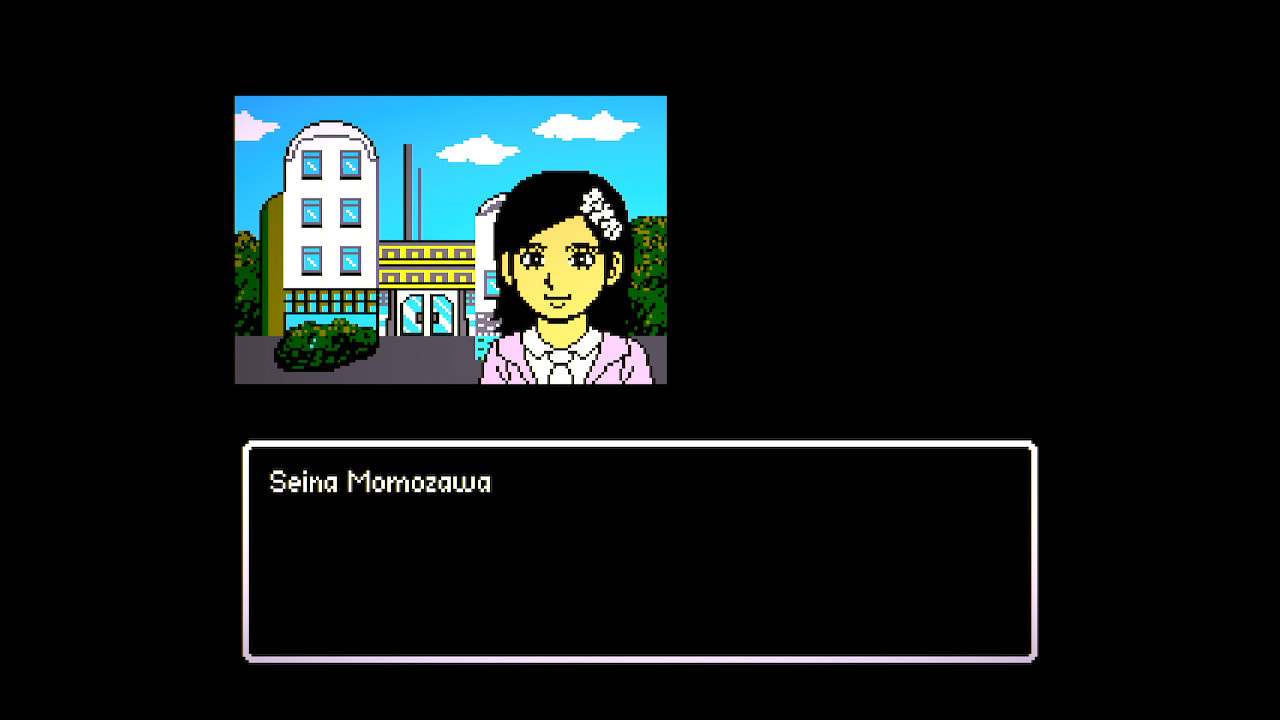
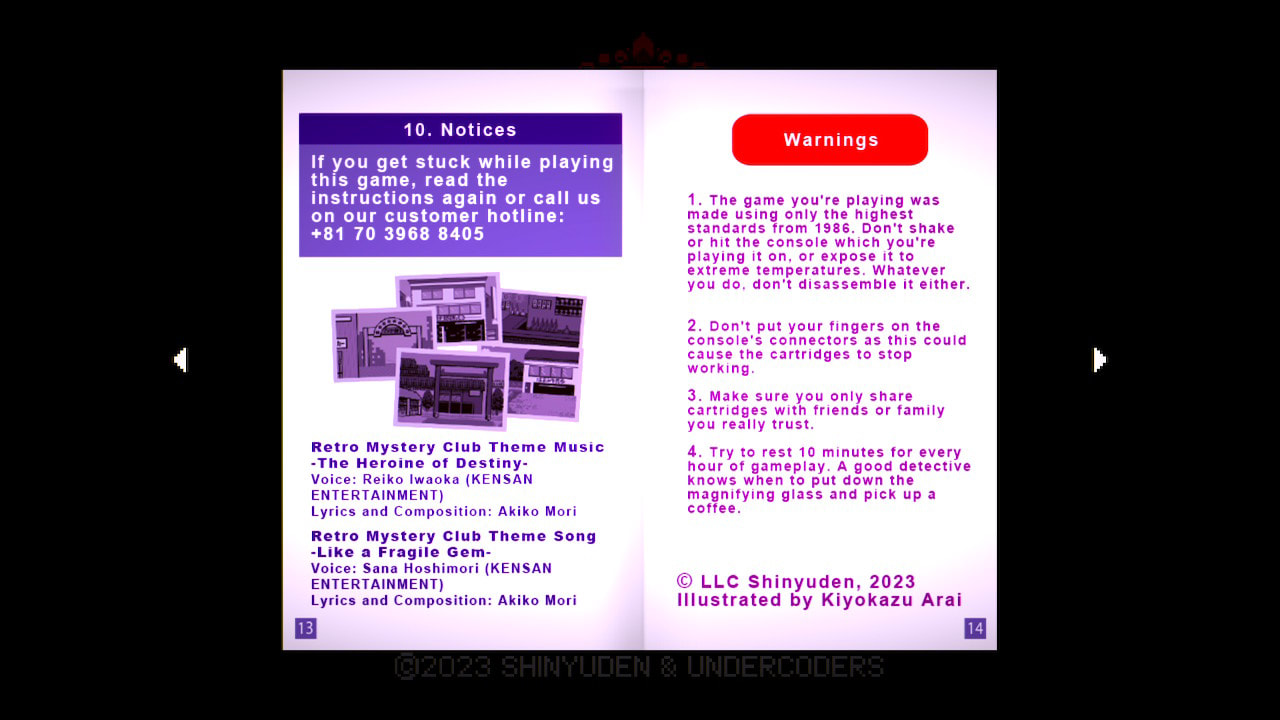
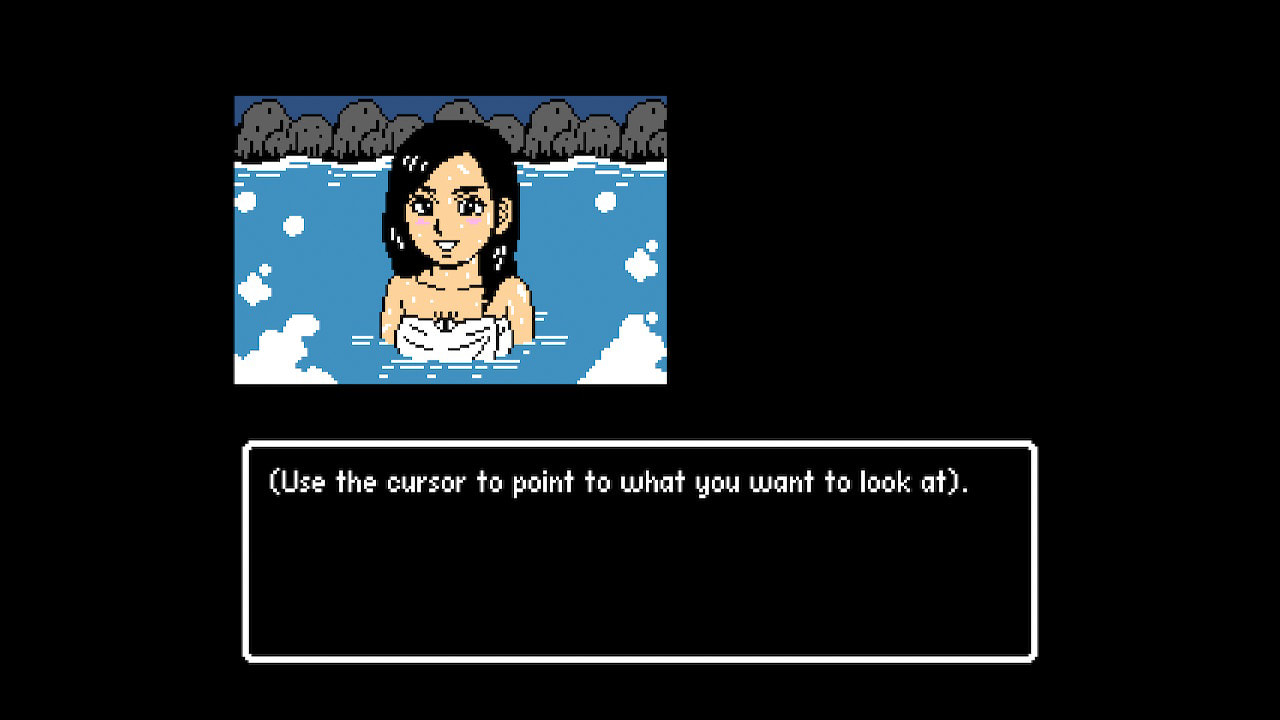

 RSS Feed
RSS Feed